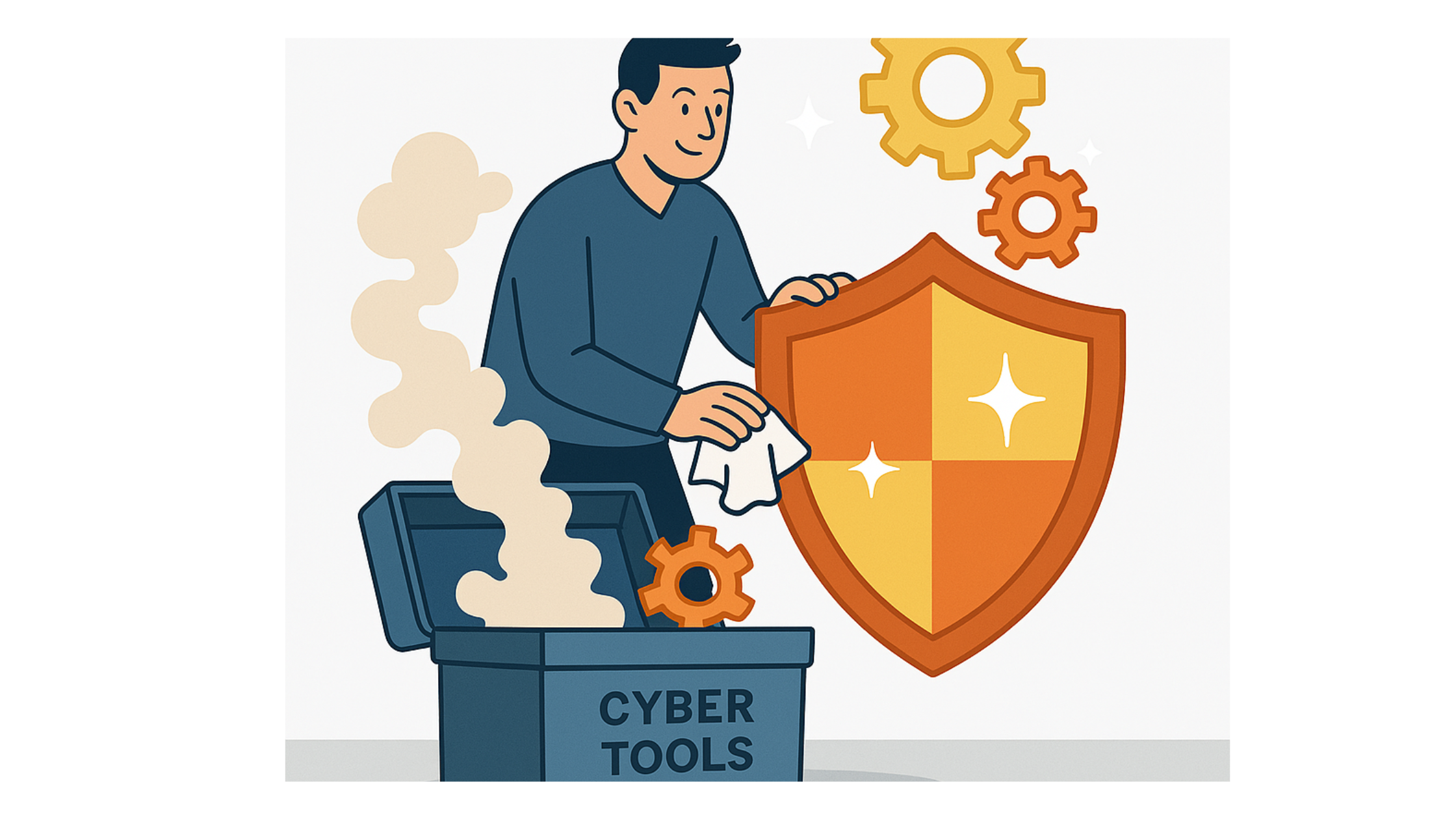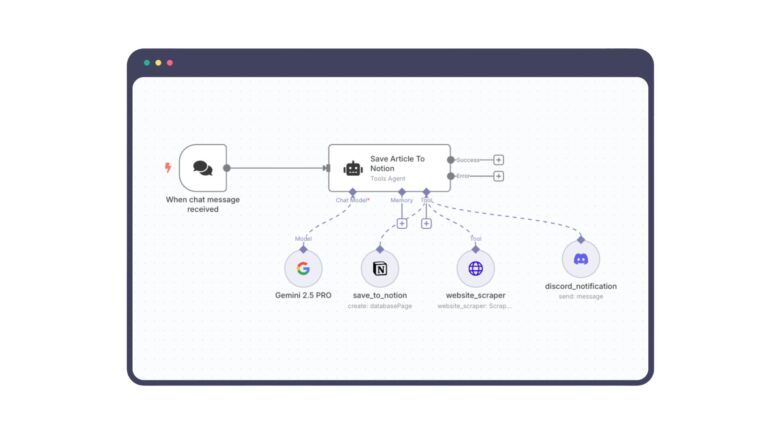A few years ago, I walked into the server room of a well-known tech company — racks humming, dashboards glowing, and a security budget that would make any CISO envious. But as I scanned their portfolio, one thing stood out more than the blinking lights: an eye-watering array of cybersecurity tools… sitting dormant. Bought with the best intentions, loaded with promise, yet quietly collecting dust on digital shelves.
If this sounds familiar, you’re not alone.
The Billion-Dollar Problem No One Likes to Admit
A research quipped that organizations use only about 20% of the capabilities in their security tools. Further studies added fuel to the fire by estimating that up to 50% of security software purchased never gets fully deployed. Welcome to the billion-dollar problem of cybersecurity shelfware — where good tech goes to die.
But here’s the twist: this isn’t just about wasted dollars. It’s about missed opportunities, unmanaged risk, and in many cases, a false sense of security.
So, what causes this paradox where enterprises invest heavily in tools but fail to use them meaningfully? And more importantly, how can a Virtual CISO — a vCISO — step in not just as a strategist, but as a transformer of tech waste into tangible ROI?
Why Does Shelfware Happen?
The answer isn’t carelessness. It’s complexity.
Under board pressure, compliance mandates, and looming threat headlines, CISOs often over-purchase. Tools get bought to check a box, follow a trend, or anticipate a breach. But then internal teams can’t keep up — there’s no bandwidth to deploy, no roadmap to align, and no strategy to optimize.
Tools meant to secure become silent.
At its core, shelfware is a symptom — not the disease. It’s what happens when strategic planning is outpaced by procurement, when fear-based buying overrides business alignment, or when internal teams don’t have the bandwidth or expertise to deploy and tune new tools properly. CISOs, under relentless pressure from boards and threat actors alike, often over-purchase just to tick boxes, cover compliance, or prepare for a rainy day that never comes.
“Most organizations don’t have a tool problem,” said Head of Security advisory in a recent panel. “They have a deployment discipline problem.”
Enter the vCISO: Strategic Operator, Not Tool Buyer
And this is precisely where the vCISO enters with scalpel-like precision — part consultant, part strategist, part therapist for stressed security teams. Unlike full-time executives who are sometimes entrenched in internal politics or overwhelmed by firefighting, vCISOs bring a fresh, external perspective. They come without the bias of internal inertia. Their first move? An audit — but not just of what’s deployed. They want to understand what’s purchased, what’s dormant, and what’s misaligned with the organization’s actual threat model and risk posture.
Imagine a high-performance race car sitting in a garage, its keys lost in a drawer, the pit crew on vacation. That’s your shelfware. The vCISO is the one who finds the keys, fuels it up, and puts the right driver behind the wheel.
And the ROI? That’s where the magic happens.
Rather than ripping and replacing tools, vCISOs often find that existing platforms — if properly configured and integrated — can cover significant security ground. That SIEM you thought was too noisy? With fine-tuned rules, it starts catching insider threats. That DLP tool gathering cobwebs? It becomes critical once mapped to your data classification strategy. The result isn’t just cost savings — it’s risk reduction, better reporting, and improved compliance posture without increasing tech sprawl.
The vCISO Playbook: Turning Clutter into Clarity
Here’s how the transformation unfolds:
They begin with a forensic-style tool audit — not just to inventory licenses, but to assess functionality, overlap, and gaps. They dive into:
- What tools are collecting dust?
- Which are underutilized but powerful?
- Where is the organization overpaying?
Then, they build a roadmap rooted in business priorities, not vendor hype. Sometimes, this means reactivating a misconfigured SIEM to spot insider threats. Other times, it’s about properly tuning an old DLP to align with your data classification. Whatever the case, the focus is the same: maximize value from what you already own.
Still, the shift from shelfware to security asset doesn’t happen overnight. It takes trust, transparency, and a willingness to challenge sunk cost fallacies. In one real-world engagement, a vCISO I spoke to convinced a retail client to pause a $2M tooling upgrade and instead optimize their existing suite. Six months later, not only had they plugged critical security gaps, but they also saved enough to reinvest in a zero trust pilot that directly reduced breach attempts by over 40%.
ROI: From Risk Reduction to Reinvestment
This isn’t just a feel-good story about efficiency. There’s real business upside:
- Cost Savings: By eliminating redundant or underutilized tools.
- Risk Reduction: Through improved configuration, visibility, and integration.
- Board Confidence: With tighter reporting and measurable outcomes.
- Innovation Fuel: Freed-up budget enables forward-looking investments.
A recent report on cybersecurity program effectiveness showed a direct correlation between executive alignment and tool utilisation. Companies that looped their vCISOs into board-level discussions saw a 30% increase in their ability to derive business value from security investments. That’s not a stat — that’s a strategy.
So… What’s Sitting Idle in Your Stack Right Now?
Ask yourself: What tools are hiding in your digital closets? What telemetry are you paying for but not consuming? What dashboards are built but never viewed?
The vCISO doesn’t just ask these questions — they help answer them. They connect business goals to security outcomes. They bridge the gap between budget and benefit. They turn cluttered security ecosystems into cohesive, resilient architectures. And perhaps most importantly, they remind us that transformation isn’t always about buying more — it’s about doing more with what we already have.
After all, the most powerful security asset might already be on your shelf. You just need someone to dust it off and show you how to use it.







